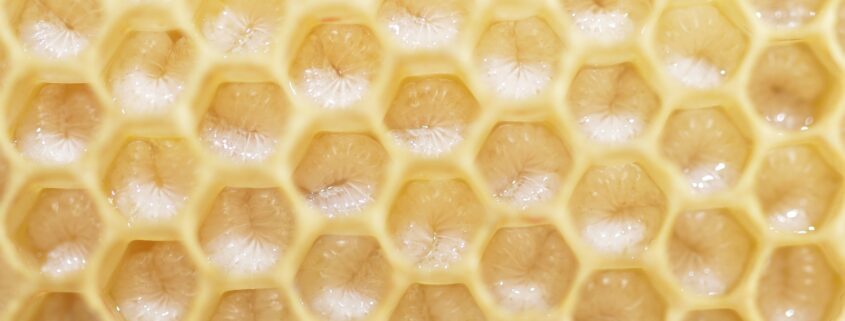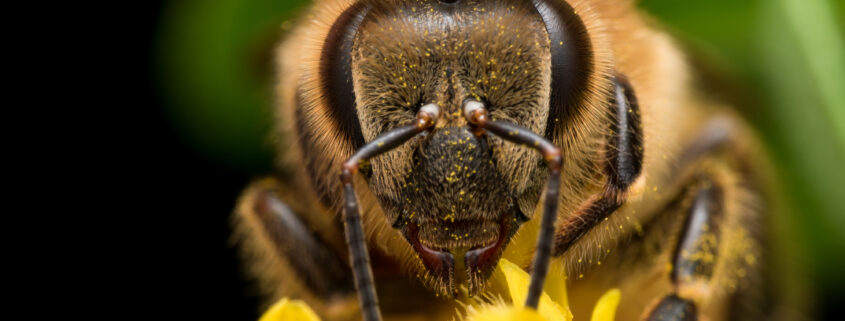Honeybee Larvae
When we think of a honeybee, we typically envision the familiar image of a buzzing, pollen-laden insect diligently collecting nectar from flowers. However, behind this seemingly ordinary creature lies an extraordinary transformation, a journey through a series of distinct stages that showcase the wonders of metamorphosis.
Unlike many animals that develop gradually from birth to adulthood, honeybees undergo a complete metamorphosis, a process that involves radical changes in form and behavior. This incredible transformation begins with an unassuming egg, a tiny white pearl measuring about 1.5 millimeters in length.
After three days of incubation, the egg hatches, revealing a legless, grub-like larva. This seemingly rudimentary creature holds the potential for remarkable growth and development. Over the next seven days, the larva consumes a voracious amount of food, primarily a protein-rich liquid secreted by young nurse bees. This diet fuels a staggering growth spurt, leading to a 1,500-fold increase in size. This is comparable to a mouse transforming into a german shepherd in seven days!
As the larva grows, it undergoes six molts, shedding its outer skin to accommodate its expanding body. Unlike the adult bee, the larva lacks an excretory system, and its waste is stored within its body. This waste will later be expelled when the larva transitions into the pupa stage.
After approximately seven days, the well-fed larva spins a silken cocoon and enters the pupa stage, a period of remarkable transformation. During this stage, the larva’s body undergoes a complete reorganization, developing wings, legs, and other adult structures. The larva’s digestive system is also modified, allowing for the passage of waste.
After about 11 days within the cocoon, the pupa emerges as a fully formed adult bee. This remarkable transformation marks the culmination of the honeybee’s metamorphosis, a journey that has taken it from a tiny egg to a buzzing, productive member of a complex social colony.




